Imagine you were in a class where only 24% of the students achieve a passing grade.
That would feel pretty impossible, right? You might feel depressed, working as hard as you could, knowing that the overwhelming majority of your class would not succeed. Like a mouse on a wheel, doing everything you can, while getting absolutely nowhere.
A 24% pass rate might tell us that the students weren’t prepared. It even might call into question the teaching methods and resources used.
The American Diabetes Association (ADA) has published that only 24% of adults with T1D ages 18+ are achieving the A1c target of <7% (53 mmol/mol). That percentage is even lower for children.
That’s heartbreaking. What’s happening and why?
With all of today’s tools and technology, why aren’t more people meeting the ADA’s target A1c level?
What we’ve uncovered is a series of common beliefs that people with type 1 diabetes are being taught. These beliefs/misconceptions/myths/lies (whatever you want to call them), are NOT promoting health, in many cases, keeping people with T1D far from achieving a 7% A1c, and often in declining health due to chronically high blood sugar levels.
“People need to eat 30-45 grams of carbohydrates at each meal to live.”
Actually, there’s no such thing as an essential carbohydrate. Our bodies produce all the glucose that our brains need through gluconeogenesis and glycolysis.
“Kids need carbs to grow.”
Kids do not need carbs to grow, they need protein (and lots of it), and all the essential amino acids and fatty acids that come along with protein. High blood sugar levels caused by a high-carb diet can cause cognitive issues in kids.
“Even non-diabetics have large blood sugar spikes.”
Metabolically healthy individuals eating whole foods do not have large blood sugar spikes. If you’re prediabetic, T2, and/or eating a lot of heavily processed carbs, yes, you will experience large blood sugar spikes. This isn’t healthy for anyone.
“Highs and lows are inevitable.”
High blood sugar levels are due to excess dietary carbs and a mismatch with injected insulin. Lows are due to too much insulin being used to treat the carbs being eaten. It’s a vicious cycle. When you cut back on the carbs, you reduce insulin needs, greatly reducing the dangers of hypoglycemia.
“An A1c of 7.0% (which is the ADA target for adults) is normal.”
Non-diabetic A1c levels are 5.6 % and below. 7.0% is hyperglycemia.
“Diabetes is a progressive disease”
See #4 and #5. Hyperglycemia (high blood sugar level) is proven to cause cellular damage throughout the body, causing diabetic complications. If you control blood sugar levels, you greatly reduce the risk of diabetic complications.
Diabetic complications only start after many years with diabetes
Complications can start within 10 years after diagnosis.
“Whole grains are good for you.”
Read Grain Brain by David Perlmutter MD, or Wheat Belly by William David MD
“Protein is bad for your kidneys.”
Protein will not damage healthy kidneys.
“You only need to test your blood sugar level 3-4x per day.”
A GGM (continuous glucose monitor) is best, but if you don’t have a CGM, finger-prick testing multiple times per day (as many as you can, up 10 10-12x per day) will give you a decent picture of what’s happening with your blood sugar levels.
“Only correct when your blood sugar level is over 250 mg/dL.”
To avoid hyperglycemia, we need to correct our blood sugar long before it reaches 250 mg/dL. By learning how to correct your blood sugar to your target range, you can do so precisely and safely, maintaining much lower, healthier range overall.
“Once you have complications, it's too late to improve your health.”
It’s never too late to gain control of your blood sugar levels and halt (or potentially reverse) diabetic complications. Retinopathy and neuropathy require very slow and steady blood sugar improvement so as to not worsen those conditions, but it can be done safely.
“You can't lose weight because of diabetes.”
High doses of insulin can cause weight gain, which causes insulin resistance, requiring more insulin. Another vicious cycle.
“You can't exercise because of diabetes.”
Many people experience hypoglycemia (lows) while exercising because they have too much active insulin onboard. By reducing our insulin needs, we can exercise more safely and consistently, without having our best intentions derailed by lows.
“All sugary foods are equal when treating low blood sugar levels.”
Not so. We want a fast-acting, measurable, portable supply of glucose to treat a low. Liquid glucose is ideal because it does not have to be digested before starting to raise blood sugar, like food does.
“Eating food that is different than what others eat is alienating, will cause emotional distress and/or an eating disorder.”
If we normalize our experience, others will as well. Many people will never even notice what you eat. Others won’t care.
“An insulin pump is the only way to have better blood sugar levels.”
An Insulin pump can be a great tool, but pumps are not the only way. Injections are also great, but they’re also not the only way. You can achieve great blood sugar levels with pumping or injections. There are best-practices and testing involved with both options.
“You can eat whatever you want and cover it with insulin.”
Rapid-acting insulin has a very sharp peak of action that is difficult if not impossible to match precisely with the sharp peak of high carbohydrate foods. it’s not your fault; it’s the diet PLUS the modern insulins that have been created to ‘handle' the standard carb-heavy diet.
“A low carb diet is unsustainable long-term.”
A properly formulated and personalized eating plan that helps you achieve more steady blood sugar levels is sustainable, and is easier now than ever before.
“Normalized blood sugar levels (as a T1D) are dangerous, or impractical or impossible.”
People with type 1 diabetes DESERVE to have the tools to normalize their blood sugar levels, but we’re not given the options by our medical professionals. With the proper training, normal, steady NON-diabetic blood sugar ranges are achievable, sustainable and healthy for those of us with type 1 diabetes.
It hurts me to my core because often, people with T1D are shamed by our medical professionals because we're not achieving the ADA's A1c guidelines.
But the game is rigged.
We can't win by following the standard rules.
After 13 years of type 1 diabetes, I was suffering from IBS, severe clinical depression, and worsening kidney function. I felt hopeless. I was doing everything right according to my doctors, but it never felt right to me and I still wasn’t achieving that mythical 7% A1c.
Now, after 7 years of eating low carb and easily maintaining an A1c level of < 5.5 %, it’s obvious that standard methods of diabetes management are leading to all the terrible, degenerative outcomes of diabetes.
I’ll always require insulin and nothing is going to change that. But I no longer suffer from my previous list of complications. My blood sugar levels are predictable, and on the rare occasion my numbers are off, I know exactly what to do to correct them to target quickly and safely so I can get on with my life.
That’s what we all deserve.
*The list above was based on a diaVerge Facebook post from 2017.
If you're tired of struggling and want something better for yourself, join us.
To learn if diaVerge Diabetes programs are right for you, schedule a complimentary consultation.
Check out our testimonials for what our members say.
Resource list:
https://diabetesjournals.org/care/article/38/6/971/37394/Current-State-of-Type-1-Diabetes-Treatment-in-the
https://www.cdc.gov/diabetes/pdfs/data/statistics/national-diabetes-statistics-report.pdf
https://beyondtype1.org/type-1-diabetes-statistics/
https://www.endocrineweb.com/guides/diabetic-neuropathy/diabetic-neuropathy-overview
https://diabetesjournals.org/care/article/44/2/301/35481/The-Evolution-of-Hemoglobin-A1c-Targets-for-Youth











Observations of a decade of low carb for T1D management. Has it been worth it? What are the regrets? And what has changed in that time.